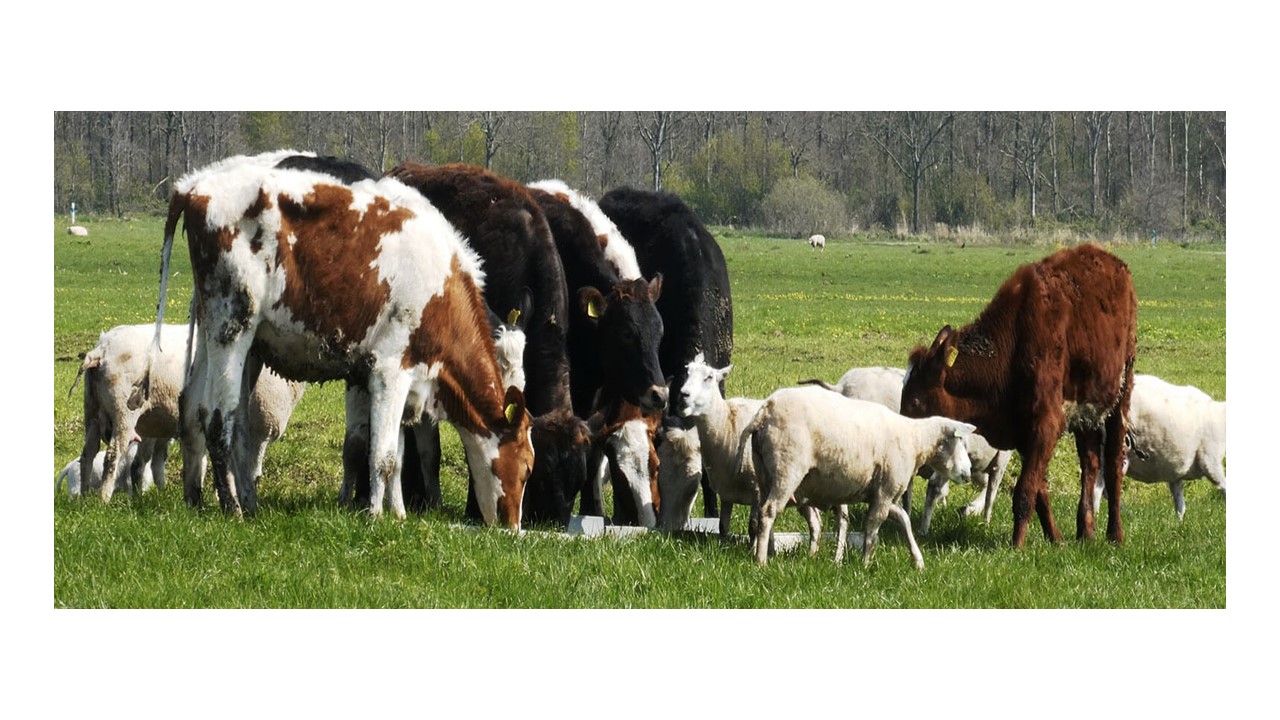Copyright © 2021 Farm4Trade SRL
This is a highly fatal disease of farm animals including cattle, sheep, goats and horses. It is caused by the bacterium, Clostridium chauvoei (Cl.chauvoei). The disease is characterized by severe swelling and necrosis of affected muscles (especially those of the hind quarters).
Clostridium chauvoei spores can be found in the soil. Drastic changes in the weather such as droughts and floods can expose the bacterial spores which are ingested by animals during feeding. After an animal comes in contact with the bacterium, the organism travels through the digestive system, enters the blood stream and is finally deposited in the muscle and other vital organs such as the spleen and liver. The bacterium can also enter the body through wounds and scratches (especially in small ruminants). Once it enters the body, it produces toxins which are deadly to the host animal.
Signs of Black Leg disease include sudden death of farm animal, fever, depression, lameness (especially the hind quarters) with extensive and painful swelling of the affected limb. Crackling sounds may be heard when affected limbs are touched due to accumulated gas in the muscles (emphysema). Animals usually die within 48 hours after signs of disease are evident.
Black Leg/Black Quarter disease can be diagnosed through culture, fluorescent antibody test and necropsy.
Treatment of Black Quarter disease is effective when detected early. Contact your veterinarian when you notice similar signs in your farm animals.
To control the spread of this disease, carcasses affected with this disease should be burned completely or buried deeply. Lime or other disinfectants should be sprinkled over the carcass during the burial period.

